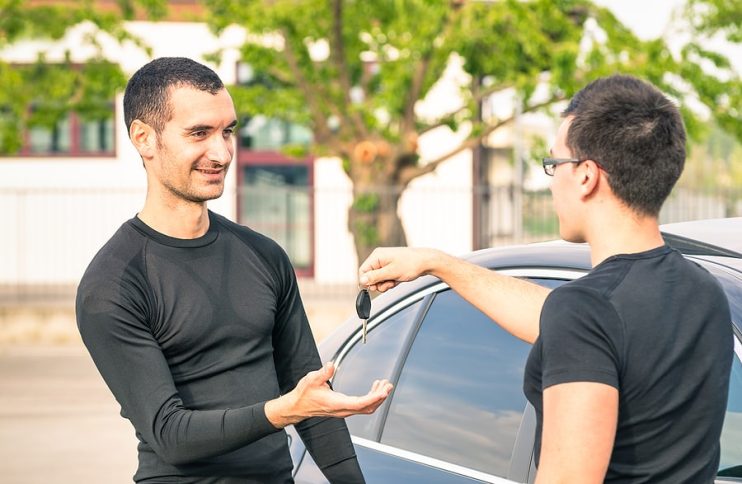
Selling your car can be tough. Getting the price you want can be tougher; people are hard to part with their money and will always want a bargain. And that’s if they’re honest. Selling your used car can be a minefield, with fast operators looking to rip you off in a worst case scenario.
However, with a little planning and politeness, you can relax and meet a buyer who’s genuinely interested in your car and will give you a firm price.
There’s always another phone call or advert around the corner. Get your car in great shape, and then it’s a question of dealing with the interaction. What’s the best way to stay safe, whilst still getting the sale?
Table of contents:
- First contact
- Sort the paperwork
- Professional interactions
- The test drive
- Make deals like a pro
- Receipt
- Getting your money
- And finally
First Contact
First impressions last, and a potential buyer will be judging you on your tone and helpfulness. It’s easier to sell when you have good rapport, rather than feeling you’re battling with your buyer. Be polite at all times, and don’t mess around with answers. Honest and straight down the line wins the day. Less chat and more listening is a good basis for your approach.
The buyer is more than likely going to want to look at the car; be flexible up to a point and choose a time that is mutually convenient.
Responsible buyers will be happy to come to your home address, during daylight hours, and will not ask for a meeting in a strange place. All you have to do is take down their details, and mention that you’ll have someone in attendance with you.

Sort the Paperwork
Remove any buyer hesitation or concern by being as upfront as possible with the paperwork. You want everything within easy reach – from MOT certificates collected over the years, to service records.
With the increase in car cloning over the last decade, don’t let anyone copy or photograph your documents. Receipts for work completed on the car also help build a picture of your history with the car, and a fully stamped dealer service record can put a few extra pounds on your sales price.
Professional Interactions
When you meet a potential buyer, be responsive. Don’t chat or waffle along and let them ask their questions. Silence is not a bad thing; allow the buyer time to think and consider their options without you jumping in.
Let them have a look around the car, open the bonnet, and go through their own inspection and request a test drive. Give them space to show interest, as this gives the buyer the opportunity to effectively sell to themselves.
The Test Drive
Get this part right and the car could sell itself; make sure you get the process right and protect yourself from tricks from fraudulent buyers.
- Get the contact details – if anything goes wrong, you need to know the name, address and phone number of the potential buyer. If there’s nothing up with the arrangement, they’ll be happy to furnish you with this information.
- License – should they want to take your car for a drive themselves, then they need to show they are road legal with a license.
- Insurance – and do they have the right type of cover? Or do you have cover on your license?
- Get in the seat – yourself and show them the controls of the car, whilst proving that the car drives well and there’s no notable performance issues.
- Keys in hand – make sure there’s never a moment when you’re out of the car and your keys are still in the car with the buyer. Take them out whenever you leave the car.
- Adjustments – when the buyer is in the car seat, talk them through the adjustment controls.
- Lay down the rules – gentle, but firm. Stick to an established route and obey the speed limit. Choose a journey with as few big junctions and right turns as possible.
- The less you say the better – when the buyer is obviously feeling out the car. Let their imagination do the selling; not your words.
- You’ve got support – get a friend or relative to travel with you. Maintain suitable levels of security and safety.
- No gang buys – don’t let the buyer bring along more people than you have in the car. It’s not practical, and it could pose a danger if there is criminal intent.
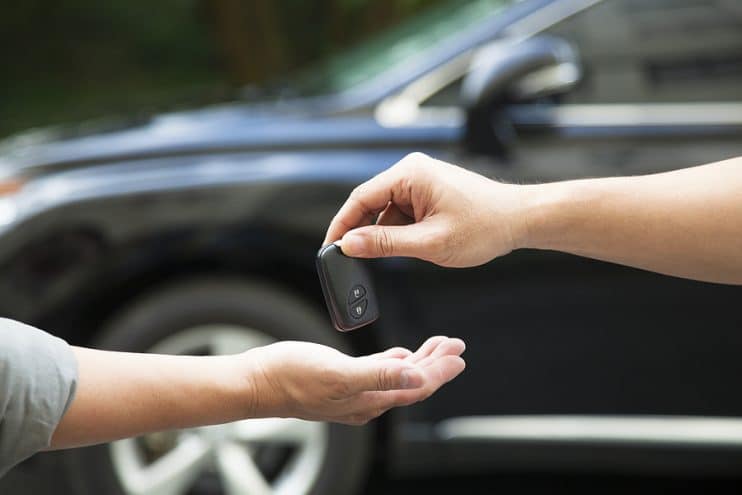
Make Deals Like a Pro
Don’t come over like you’re some seasoned experienced car lot salesman, as people will feel you’re being deceptive.
Once the buyer wants to purchase the car, do not lower your price without being asked. Stay cool, give them the time to make up their own mind, and avoid filling up the silence with chit chat about your vehicle or the money. All you have to do is be clear about the asking price – and if you want to negotiate, set a minimum price in your mind, so that you know your limits.
Some buyers may try to talk you down by discussing potential problems with the car, or sell on value. Come back with positives about the car such as new parts or a full service history; things the buyer cannot dispute. And when negotiating price, try to stick to multiples of 10 rather than 100s.
Receipt
After they provide payment; you must by law provide a receipt.
Search the internet for a contract (such as the AA) and provide your buyer with a copy. The buyer must be given notice in writing that the car is sold as seen, tried and approved by the purchaser.
A sold as seen receipt doesn’t change the buyer’s rights if the car proves to be unroadworthy after further inspections. Under UK law the car and its condition still need to match any description you’ve provided.
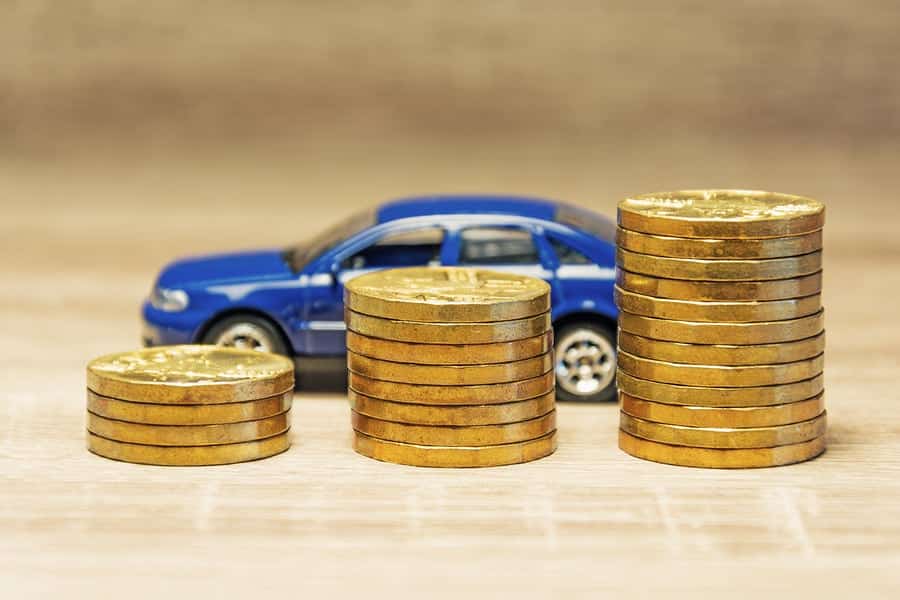
Getting Your Money
If someone takes your car without paying and disappears, it is virtually impossible to get your money back. We’d always therefore recommend you do not hand over your vehicle, until payment is 100% complete.
Online bank transfers are the best option; this way you can check that the money is fully cleared in your account, when you log in to your banking. Cash is a good option. Have your buyer arrange to meet you at your bank, where you can then turn over the cash into your account at the teller.
Online transfers have been sped up now taking minutes, or at worst hours, to complete. Cheques from building societies or personal accounts are still slow, and can take up to 3-5 working days to clear. Don’t hand over your car, until the money is showing in your account.
The same is true of banker’s drafts. Whilst these are becoming less common, they are still used by many car sales yards. Unfortunately they can be forged; so much like a cheque, wait until the money has appeared in your account before parting with your car.
And finally
As your last step, create a seller’s contract to protect yourself in the event of something going wrong with the sale – for instance, the seller could damage the car and claim that you had sold it with damage.
Make sure you have 2 copies of the contract. Date and sign these with the buyer, after completing all the sections. Once you have the signed contract, put it somewhere safe with your car documents, in case you need to refer to it again.
After the new owner has driven off with your old car, it’s time to notify the DVLA (simply use the online service) ASAP – so that if anything untoward happens with your vehicle, the authorities know that you were not driving it.

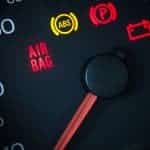

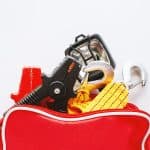









.png)